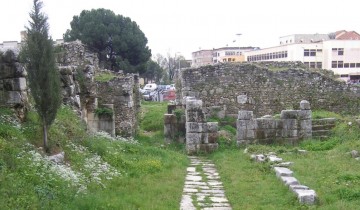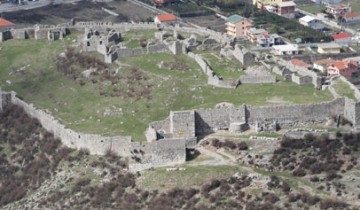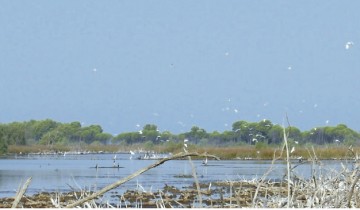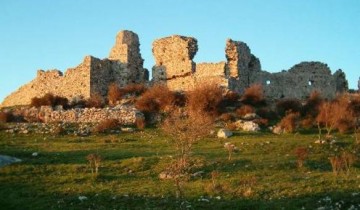- Home
- Wetland Site
- Kune-Vain Lagoon, Albania
Kune-Vain Lagoon, Albania
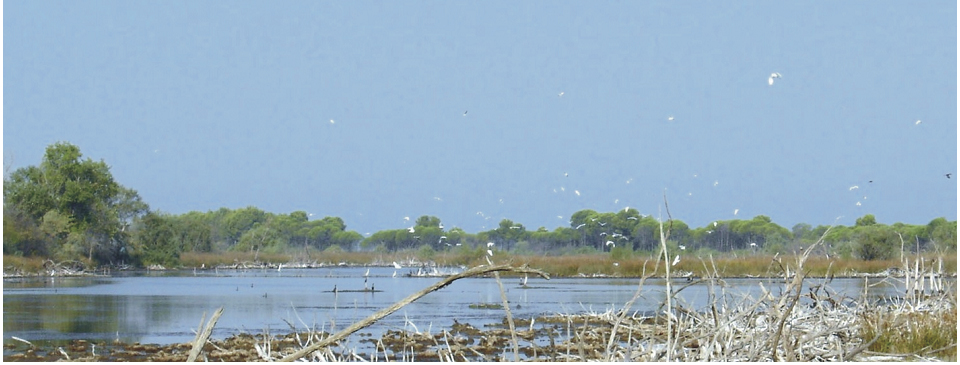
Kune-Vain Lagoon, also known as the Drin Delta, is situated in the administrative district of Lezha on the northern Albanian coast. It consists of the coastal lagoons of Kune, Merxhani and Kenalla in the north (Kune lagoons) and Vaini and Ceka in the south (Vain lagoons). The Kune-Vain Lagoon was formed by accumulated sediment from the Drin and Mati rivers. Two channels connect the lagoon with the sea. Various habitat types exist within the district including riverine woodland, salt marshes, reed-beds, salicornia flats and sandbars. They host a variety of fauna, among which waterfowl prevail. It is an important area for migratory and nesting waterfowl. The site remained relatively well-preserved until 1991.
Settlements and structures ancient, traditional & modern
In the late Bronze Age and early Iron Age, the area was populated by the ancient tribe of Illyrians. Close to modern-day Lezha, the Roman city of Lissus, which was founded by Dionysius of Syracuse in 385 BC, possessed a strongly fortified acropolis, the Acrolissus, which was considered to be impregnable. The Greeks also maintained trading colonies in the region. The Romans invaded and occupied the coast, followed by the Byzantines, Venetians and Ottomans. Various remnants of these civilisations are scattered around the region, including the medieval fort in Lezha, the site of Skanderbeg’s tomb. This was the site of the Siege of Lezha in 1444, where Gjergj Kastriot Skanderbeg united the Albanian princes in the fight against the Ottoman Empire.
Tourism, ecotourism and cultural tourism
Being rich in cultural elements, the site is visited by many tourists who purchase locally manufactured traditional handicraft products. Archaeological excavations are currently in progress, as well as the restoration of historical monuments.

